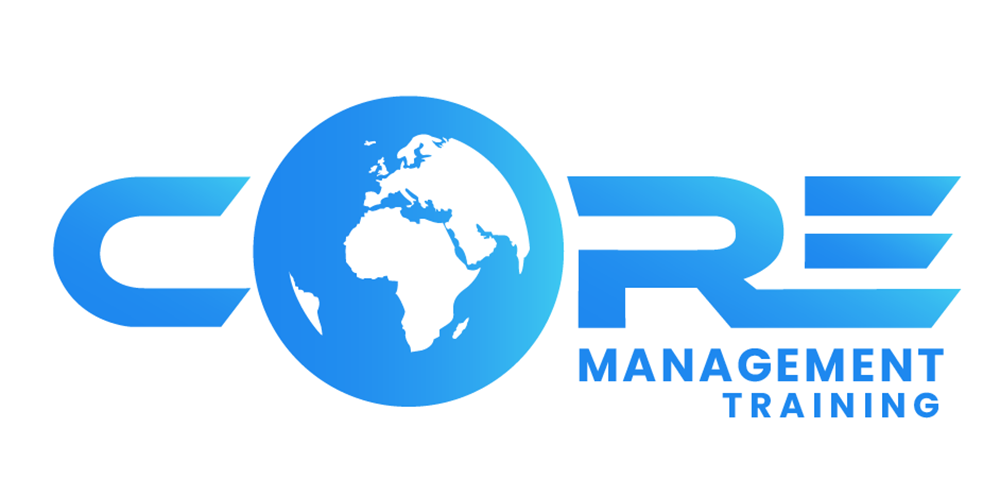
Kevin Kruse, Author of Engagement 2.0, defines employee engagement as the employee’s emotional commitment to the organization and its goals. Engaged employees do not work just for a paycheck or the next promotion, they work on behalf of the organization’s goals.
When employees care—when they are engaged—they use discretionary energy. Engaged Employees lead to:
· Higher service, quality, and productivity,
· Higher customer satisfaction,
· Increased sales (repeat business and referrals),
· Higher levels of profit, and
· Higher shareholder returns (i.e., stock price).
How do you build energy in your organization to create engagement?
1. Show people you care
In 1970, Robert Greenleaf coined the phrase Servant Leadership in his essay “Essentials of Servant Leadership”. The focus of the leader is on the needs of their people. By providing them with support and considering their perspectives will improve team effectiveness.
Some feel Servant Leadership won’t work in a hierarchical organization. I find this ironic given that Greenleaf’s philosophy was in response to the autocratic style he had seen in his corporate days.
There were many references to servant Leadership from a military perspective. If it can work in that environment than it can work anywhere.
2. Coaching & Feedback
Give honest, constructive feedback early and often. People like to receive regular feedback and affirmation of what they’re doing well. Do not wait, and do not make a big deal out of it.
Providing feedback on a regular basis can improve performance and is a useful tool for continuous learning.
3. First Line Managerial Effectiveness
Companies live and die by the effectiveness of their first-line managers.
If 1st line managers follow many of the items on this list, then they will be effective. The manager represents the organization and how that manager is seen is how the employee sees the company. It’s the employees most important relationship in the organization.
4. Healthy Team Environment
Building a great team environment makes work fun, exciting, and productive. One of my best teams saw everyone get promoted to other positions. We accomplished a lot, worked hard, and had a lot of fun. Everyone had a specific role and complemented the team’s strengths. It was a team with big egos and personalities that figured out how to manage conflict and work together.
Regular staff meetings help build team cohesiveness. Let the team create the agenda and give each member responsibilities as a part of the meeting. Team building exercises and staff retreats are helpful in building camaraderie.
5. Leverage People’s Strengths
I am a big proponent of tools like Clifton Strengths Finder. It helps the team understand everyone’s natural talents and enables team members to leverage their natural strengths to be complementary.
Peter Drucker, often thought of as the father of modern management, stated, “A person can perform only from strength. One cannot build performance on weakness, let alone on something one cannot do at all.” In the strength-building paradigm, we believe that each person’s room for growth is found in his or her greatest talents.
6. Communication
Communication is another factor that contributes to employee engagement. When there is miscommunication, there will always be problems either in the project or within the company.
Prioritize a regular team meeting as a critical part of your company’s communication. Employees should be better able to contribute to improving communications within their departments and in the company.
Research shows that leadership communication is the top internal communication factor that statistically correlates to employee engagement.
Internal communication teams have a powerful role in supporting, coaching, and reminding leaders of the importance of communication.
Line managers especially need robust communication training; many become managers not because of their communication skills, but because they are good at their jobs.
7. Transparency and Honesty
A transparent and honest work environment, where employees can walk up to you and have a serious discussion about what is bothering them, will contribute to employee engagement.
Some companies are less than transparent when reorganizing. They’ll do it by department to optimize organizational efficiency. Employees are told, “Thanks for your efforts, but we do not need your services anymore.”
During COVID-19, many organizations discussed the steps they were taking to keep their company viable. These types of discussions helped keep their organizations engaged and enabled companies to maintain their revenue by fundamentally pivoting with the help from the employees.
8. Employee Recognition
I worked in an organization where every business function had awards and recognition at the end of the year. Every employee could take pride in their contribution to the organization.
Great companies know that the employees are the heart of the business. Satisfied and engaged employees not only bring in positive energy to the workplace, but also increase the company’s profit and sales.
Employees who feel they have a positive personal rapport with their management are more likely to be engaged. Noticing and appreciating employees’ work encourages constructive employee engagement.
9. Training & Career Development
Career development opportunities can also boost employee engagement. When employers continuously invest both time and money in their employees’ development in the workplace, employees will realize that the company cares about their career progress.
Creating internship programs for employees is an effective way to build a talent pipeline, especially at the managerial level. Many companies develop programs for high potential at senior levels of the organization, but the heart of a company is its mid-level managers.
Programs at the managerial level increase engagement by providing promotional opportunities, and they help maintain a positive corporate culture because most of the managers already understand the organization’s culture.
10. Clear Expectations
I had a manager whose mantra was, “Clarity above all else!” I think about that often; without clarity, it is hard to meet job expectations. Many companies go through the process of setting annual goals cascaded down from senior management. Many times, the goals do not align with their specific job function. The employee spends the year unsure of their impact on the organization. This lack of clarity impacts their engagement.
What are the steps you need to create an energetic workplace?
There are many factors involved in an organizations culture. Creating an energized workplace with engaged employees takes time. Using some of these tips will help you and your organization move the needle in that direction. For an appoint schedule here: coachtoachieve – intro call



